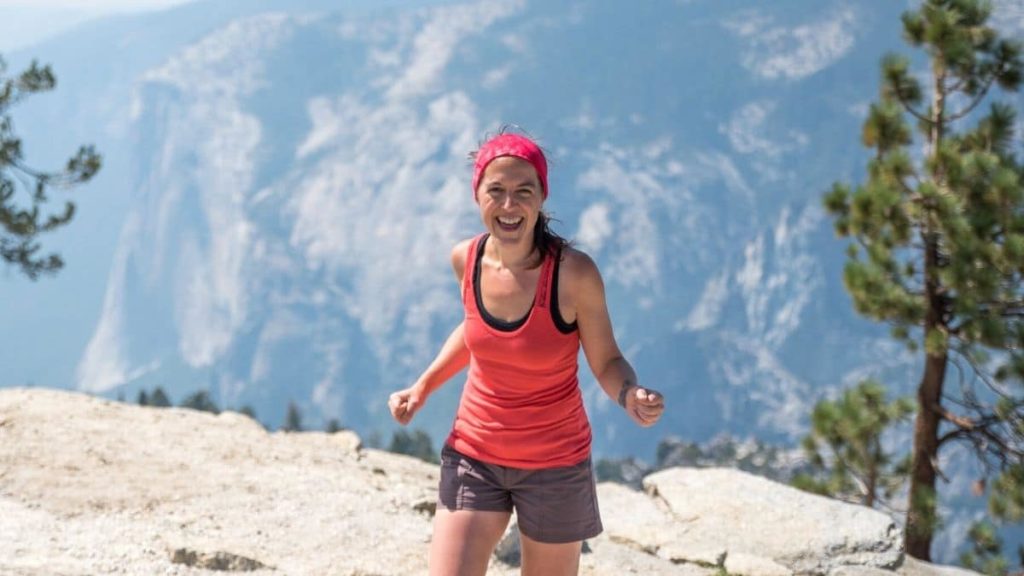Solo hiking can be a rewarding and liberating experience. It gives you the opportunity to explore nature in its purest form, unencumbered by the presence of others. You can go at your own pace, set your own agenda and take time out to reflect on life’s big questions. Whether it’s an overnight trip or a week-long journey, solo hiking allows you to get away from the hustle and bustle of everyday life and reconnect with yourself in a meaningful way.
However, while solo hiking is incredibly rewarding, it also comes with its own set of dangers and risks which must be taken into account before embarking on such an adventure. In this ultimate guide, we will look at how best to prepare for a safe and enjoyable solo hike so that you can make the most of your experience without putting yourself in harm’s way.
How to Prepare for a Long-Distance Hike in the US
Before you set out on your solo hiking adventure, you need to be properly equipped and prepared. Here are some of the most important steps you should take in order to ensure a safe and successful journey:
- Research your route – Before setting out on any hike, it’s essential that you have a good understanding of the terrain, weather conditions and potential hazards along the way. Make sure to research different routes so that you can plan accordingly and be prepared for whatever might be thrown at you.
- Obtain the right gear – Make sure to have all the necessary hiking equipment such as a good hiking backpack, hiking boots, a water bottle, a first-aid kit, etc. Also, consider investing in a camping tent and other camping gear if you plan on spending several nights outdoors. This will depend on the type of hiking you are doing and how long you plan to be out in the wilderness.
- Choose appropriate clothing – Pick clothes that provide warmth, insulation, and protection from the elements. Make sure to wear layers so that you can easily adjust your outfit according to changing weather conditions. Also remember to pack extra clothing in case you get wet, cold, or injured.
- Make sure someone knows your hiking route – Let at least one person know where you are going and when you plan to return. This will ensure that if something were to happen, the authorities would be able to locate and rescue you in a reasonable time. If you are hiking in Utah, make sure to check with the local agencies before you set out and register your hiking route for additional safety.
- Pack a map and compass – Even if you are familiar with the area, it’s important to carry a map and compass in case you lose your way or get lost. Also, make sure to bring an emergency device such as a personal locator beacon (PLB) which will enable search and rescue teams to locate you in case of an emergency.
These are just some of the most important steps you should take in order to ensure a safe and enjoyable solo hiking experience. With the right preparation and mindset, you can make the most out of your adventure and reap all the rewards that come with solo hiking.
Safety Tips While On The Trail
Once you are out on the trail, there are some additional tips to keep in mind that will help you stay safe while enjoying your solo hiking experience. Here are a few things to consider:
- Stay alert and be aware of your surroundings – When out on the trail, it’s important to remain vigilant and aware of potential hazards. Pay attention to potential signs of danger and be alert to changing environmental conditions.
- Stay hydrated – Drink plenty of water throughout your hike and take regular breaks when needed. It’s also a good idea to bring along some snacks for energy boosts during your journey.
- Don’t rush – Take your time and enjoy the experience. Setting unrealistic goals will only increase the risk of injury or exhaustion, so make sure to set realistic goals and stick to them.
- Know your limits – Don’t overextend yourself as this could lead to fatigue, dehydration, and other health issues which can ultimately put you in danger.
- Let your inner voice guide you – Pay attention to your intuition as it could be warning you of potential danger. If something doesn’t feel right, trust your instincts and turn back if necessary.
By following these tips and staying alert, you can make the most out of your solo hiking experience while remaining safe and secure.

